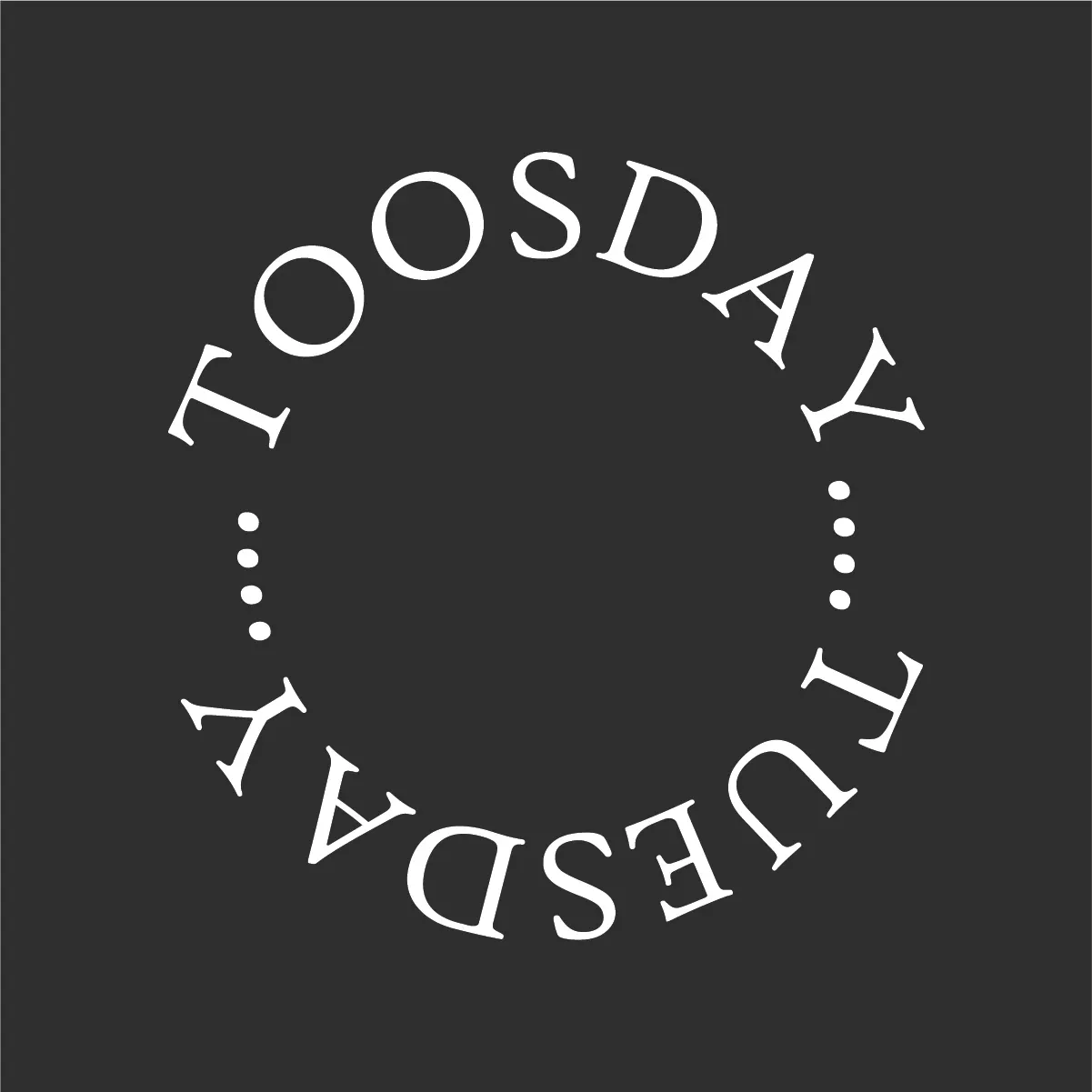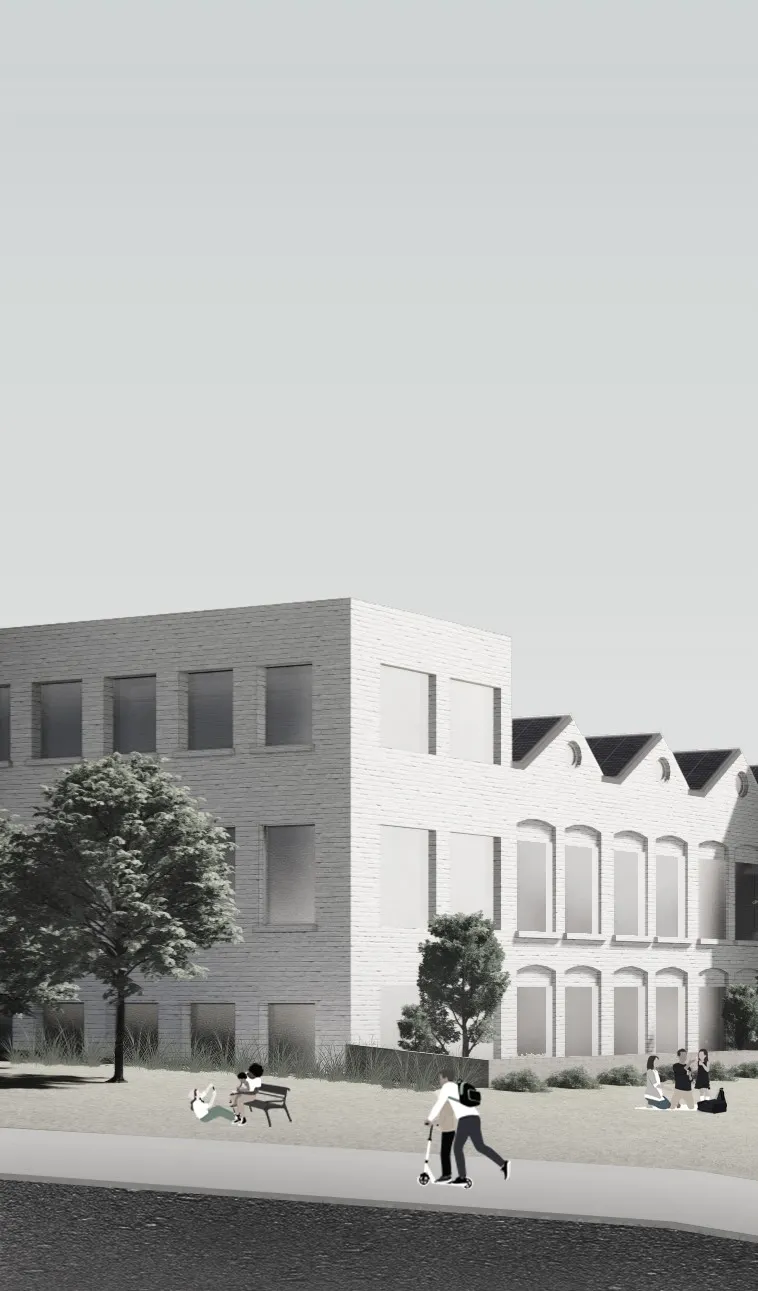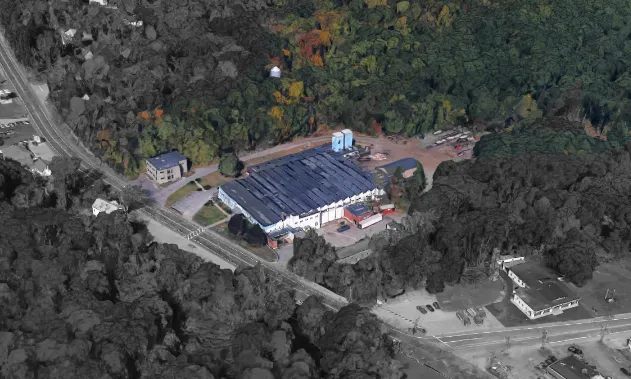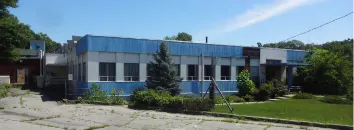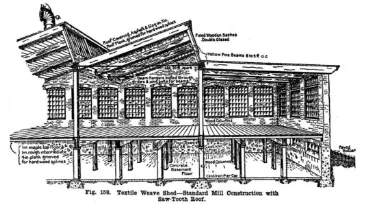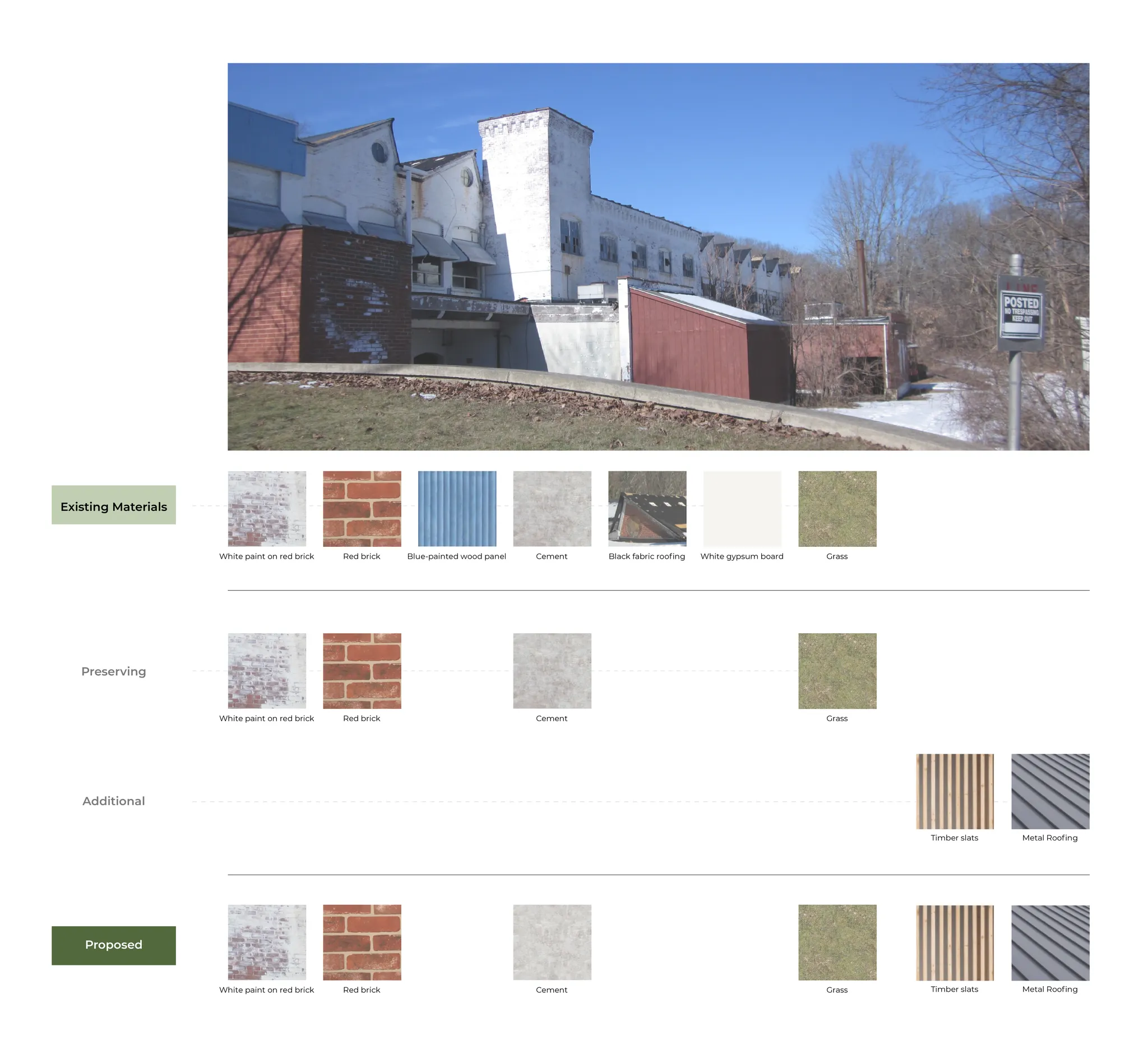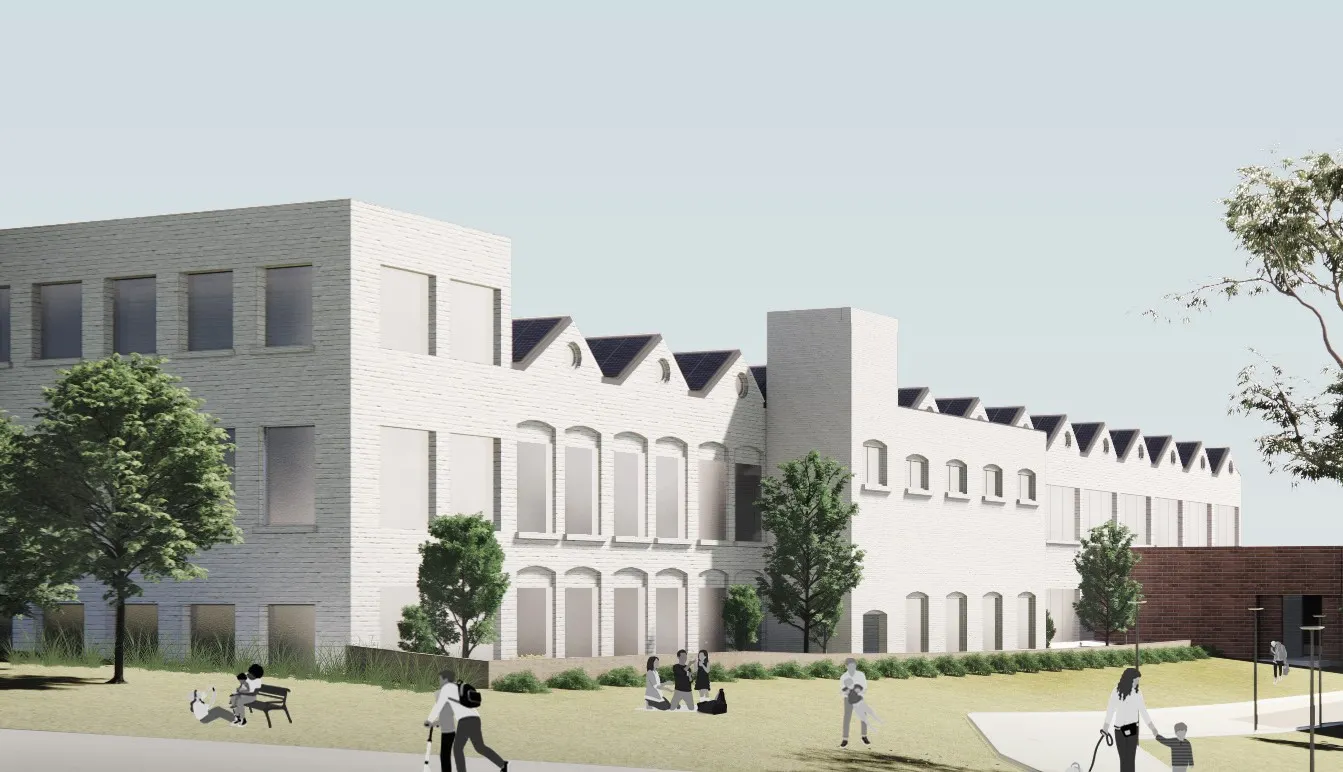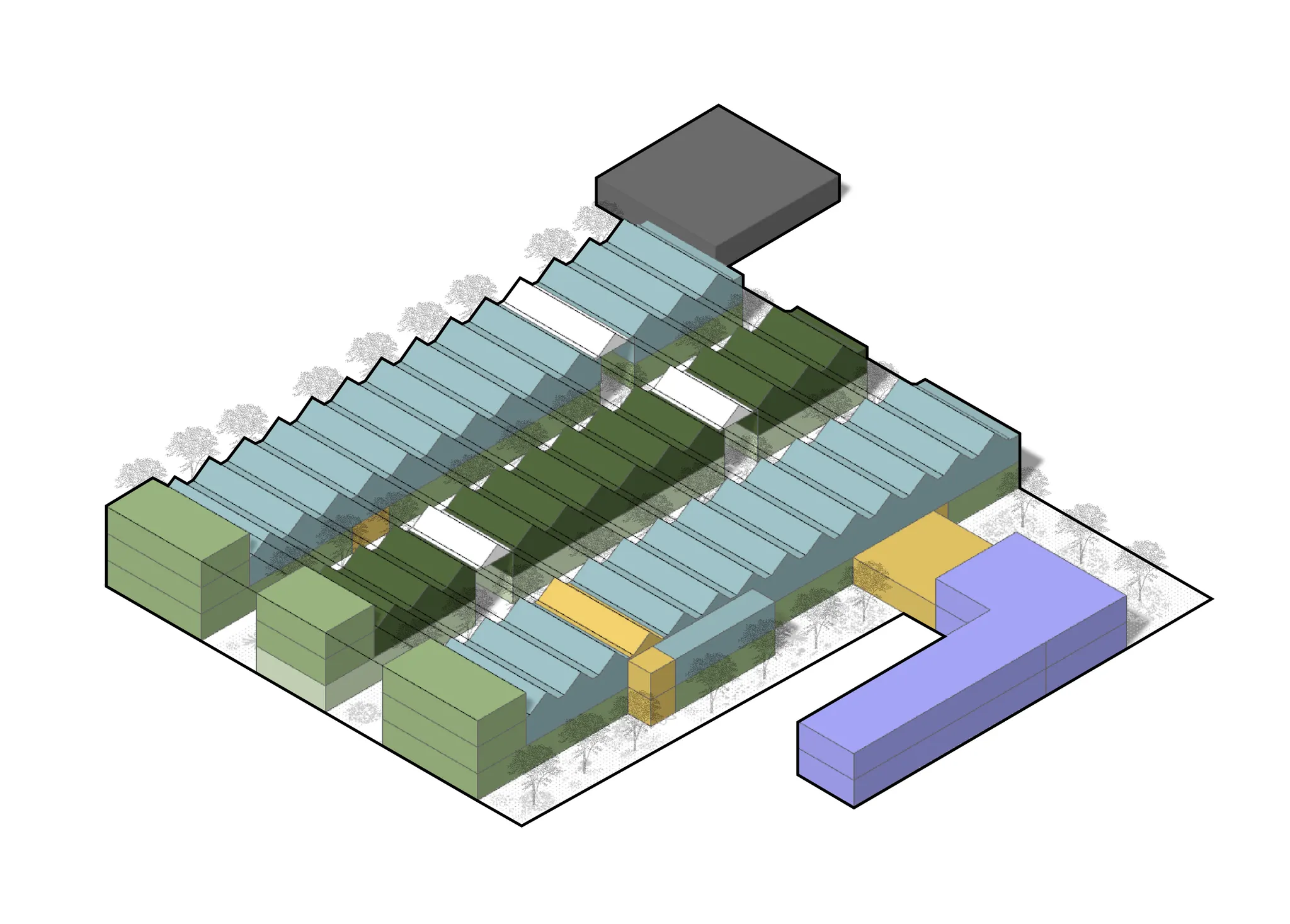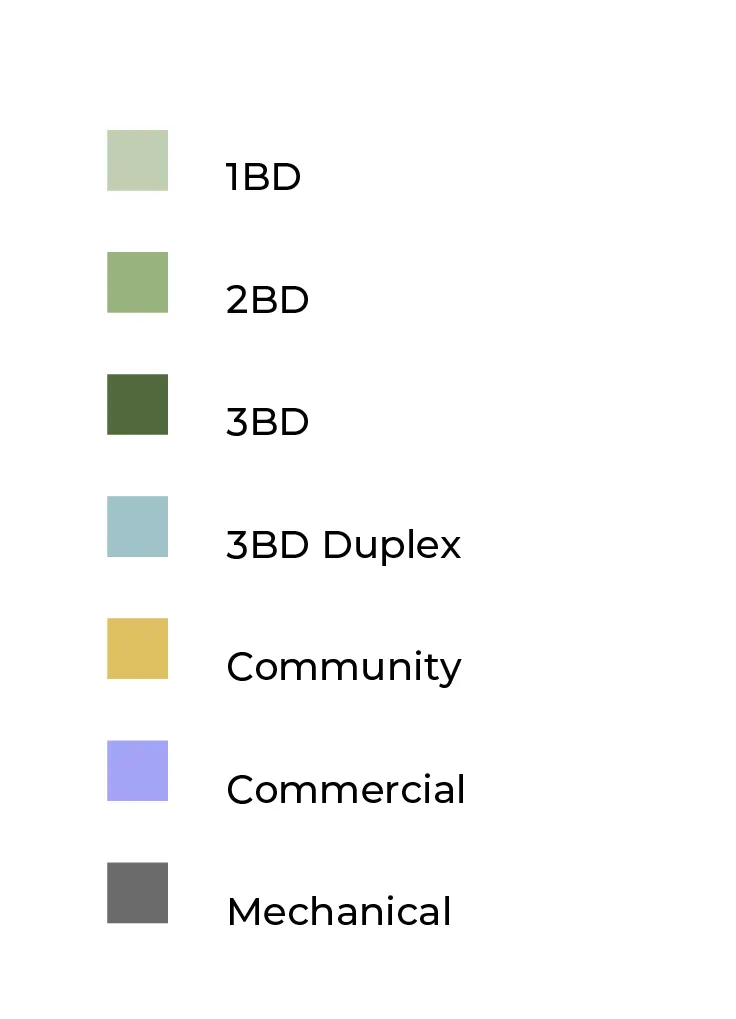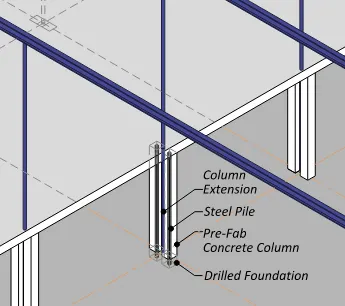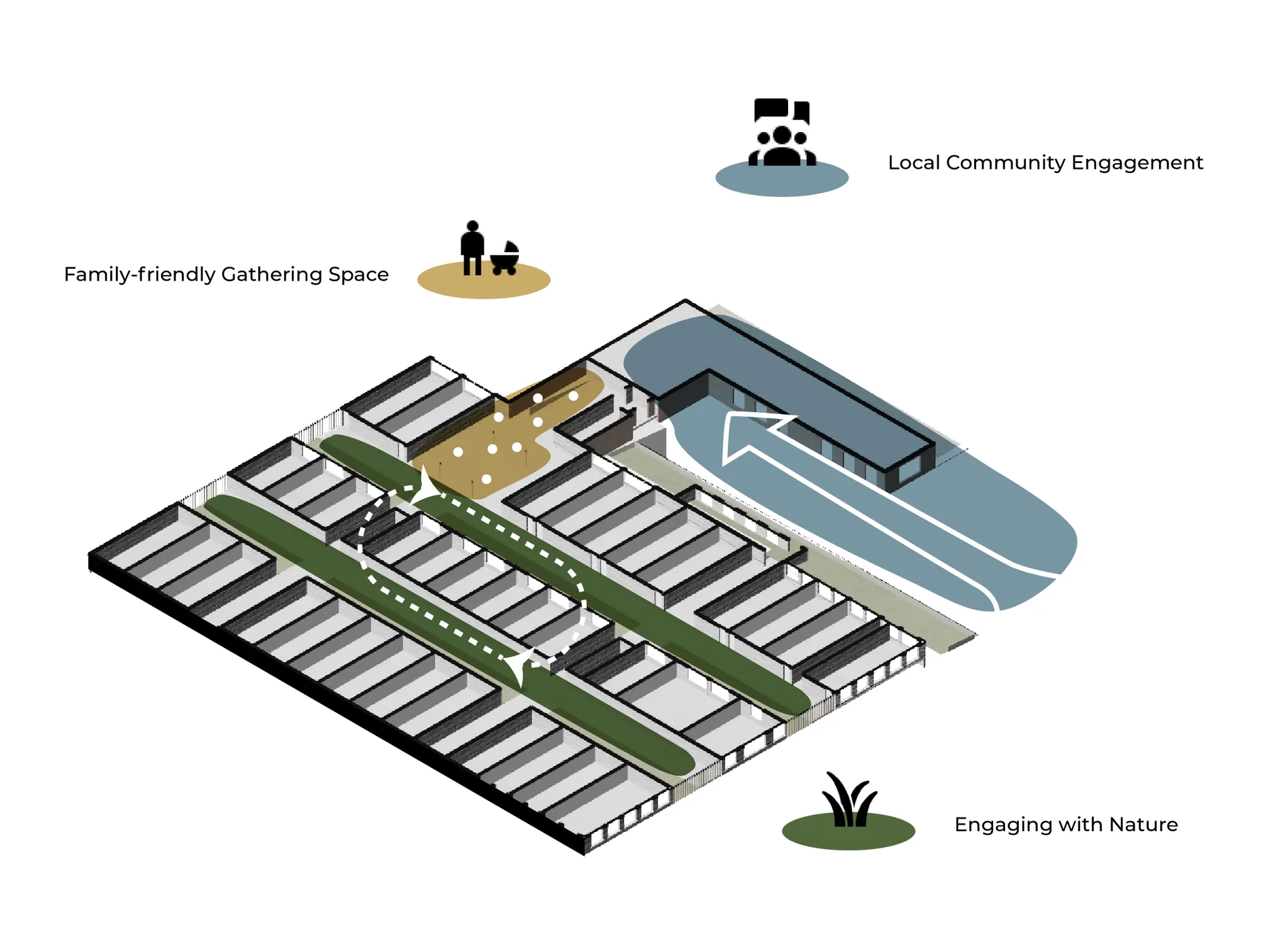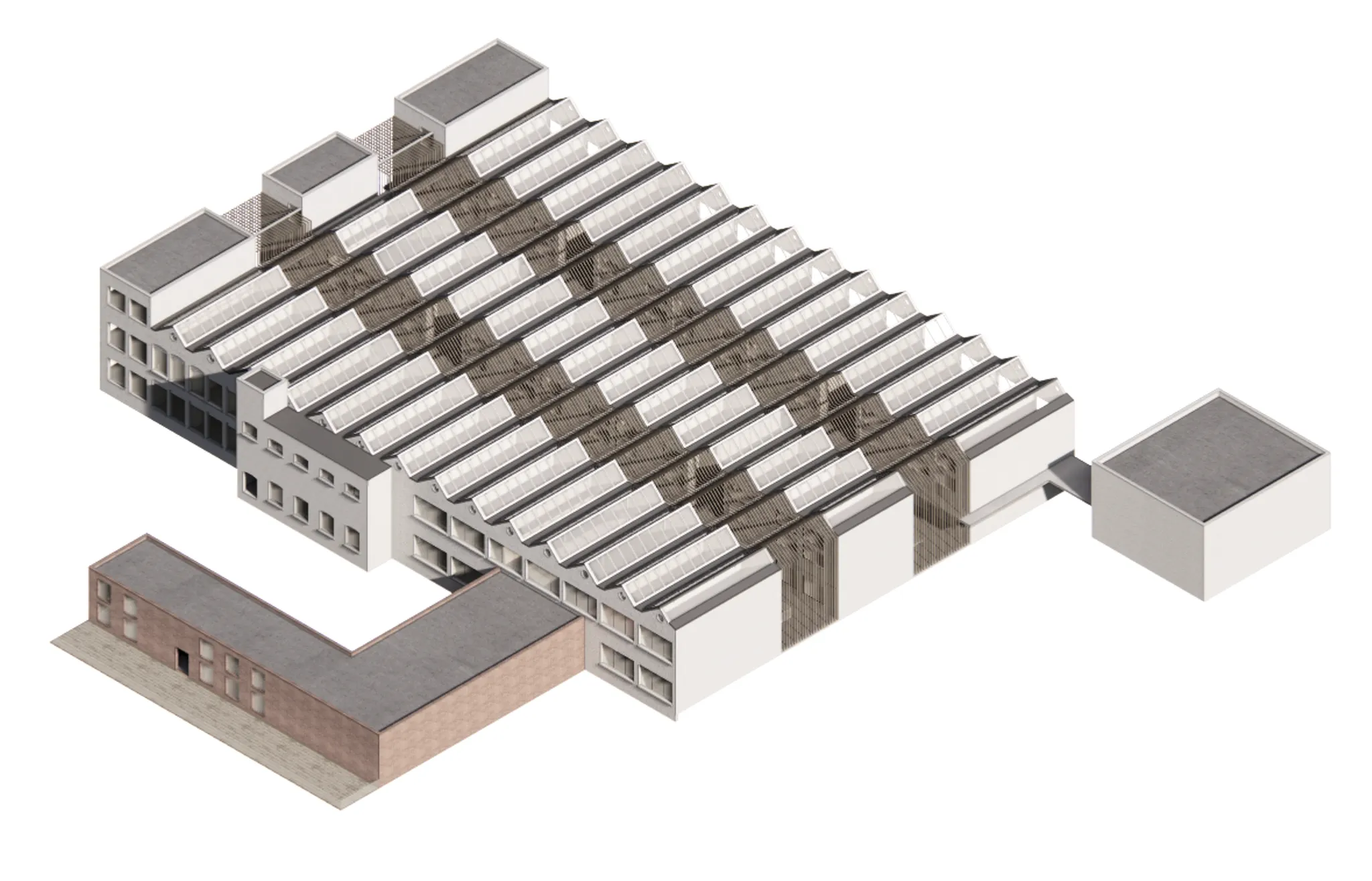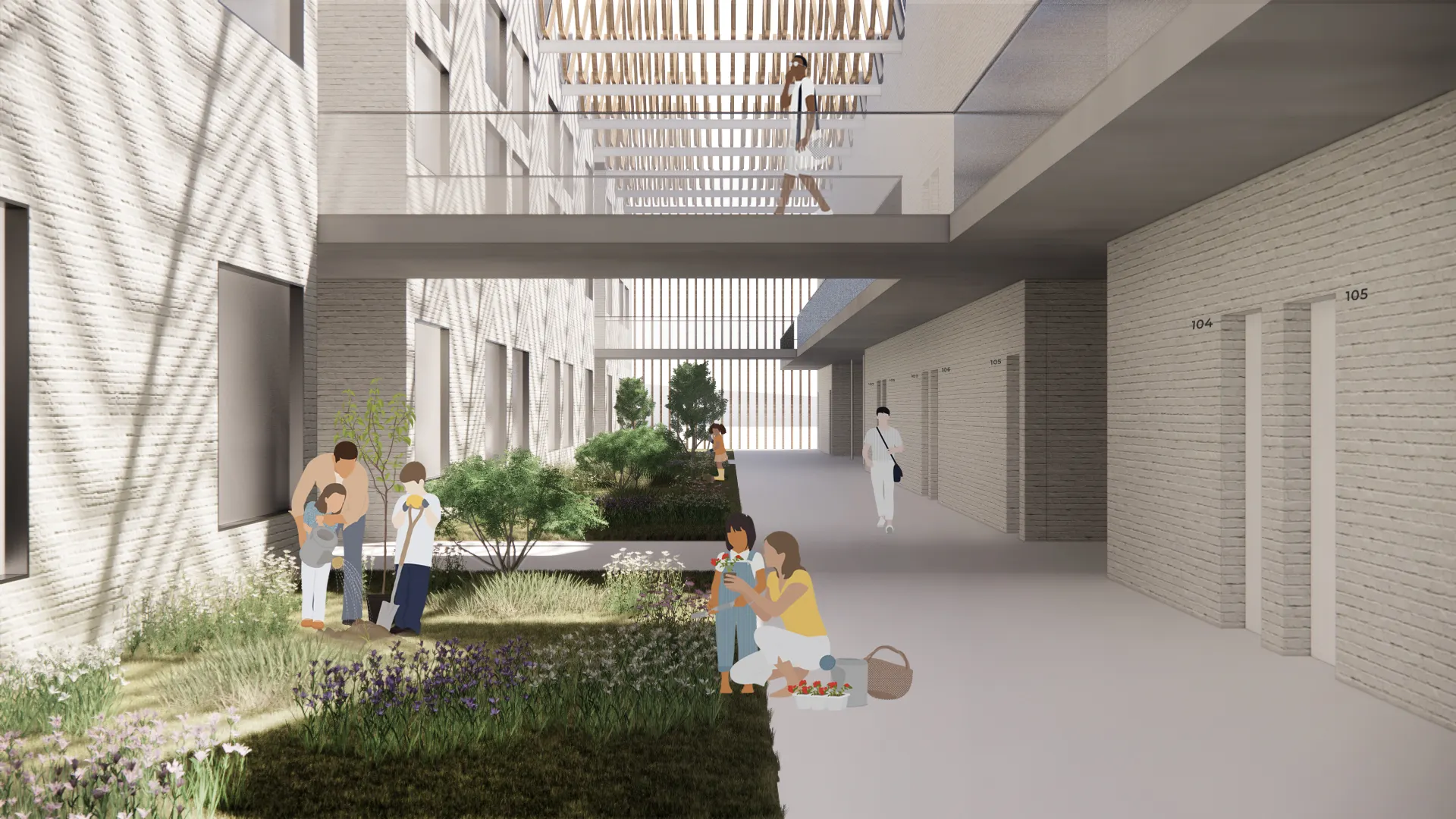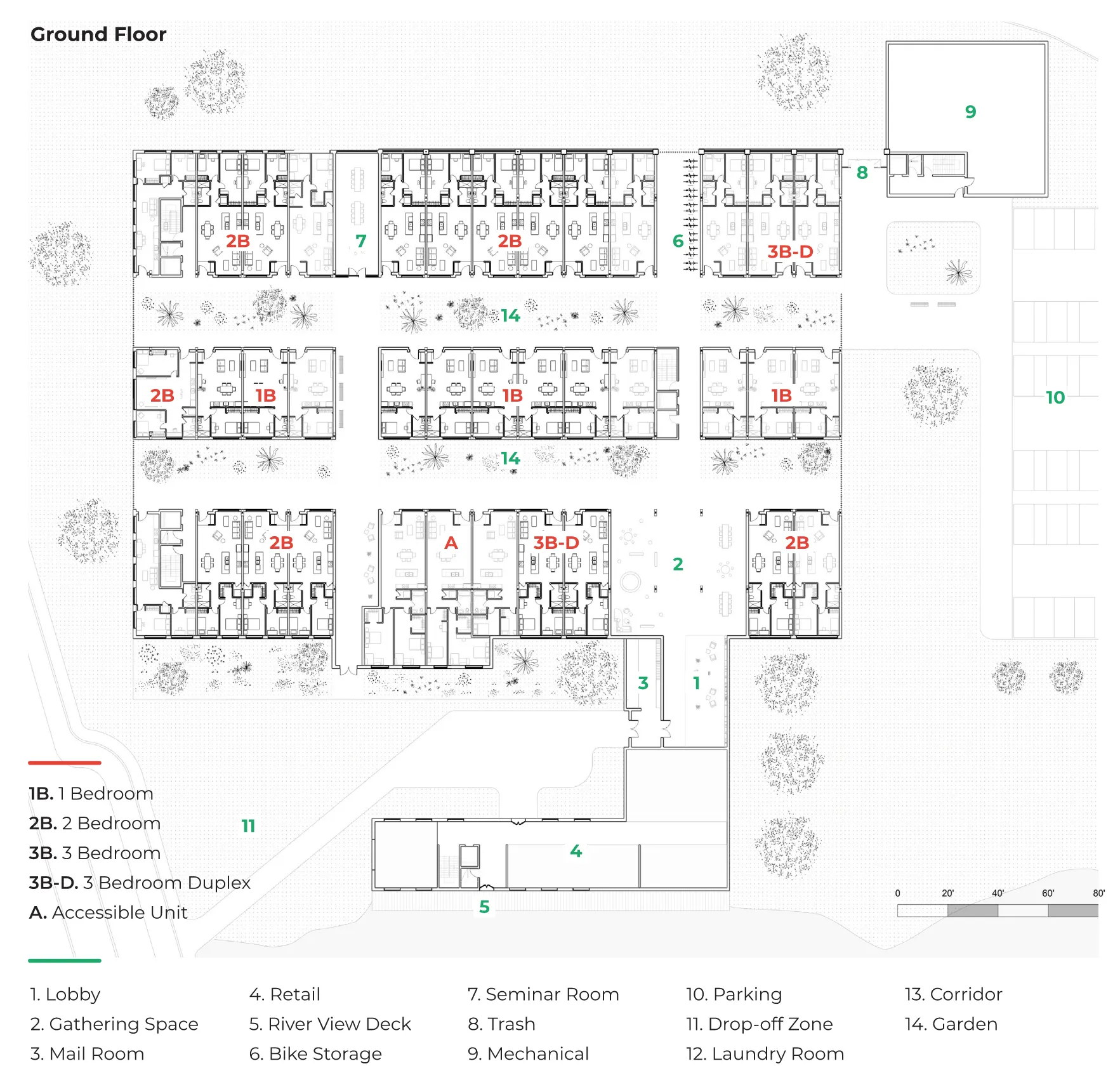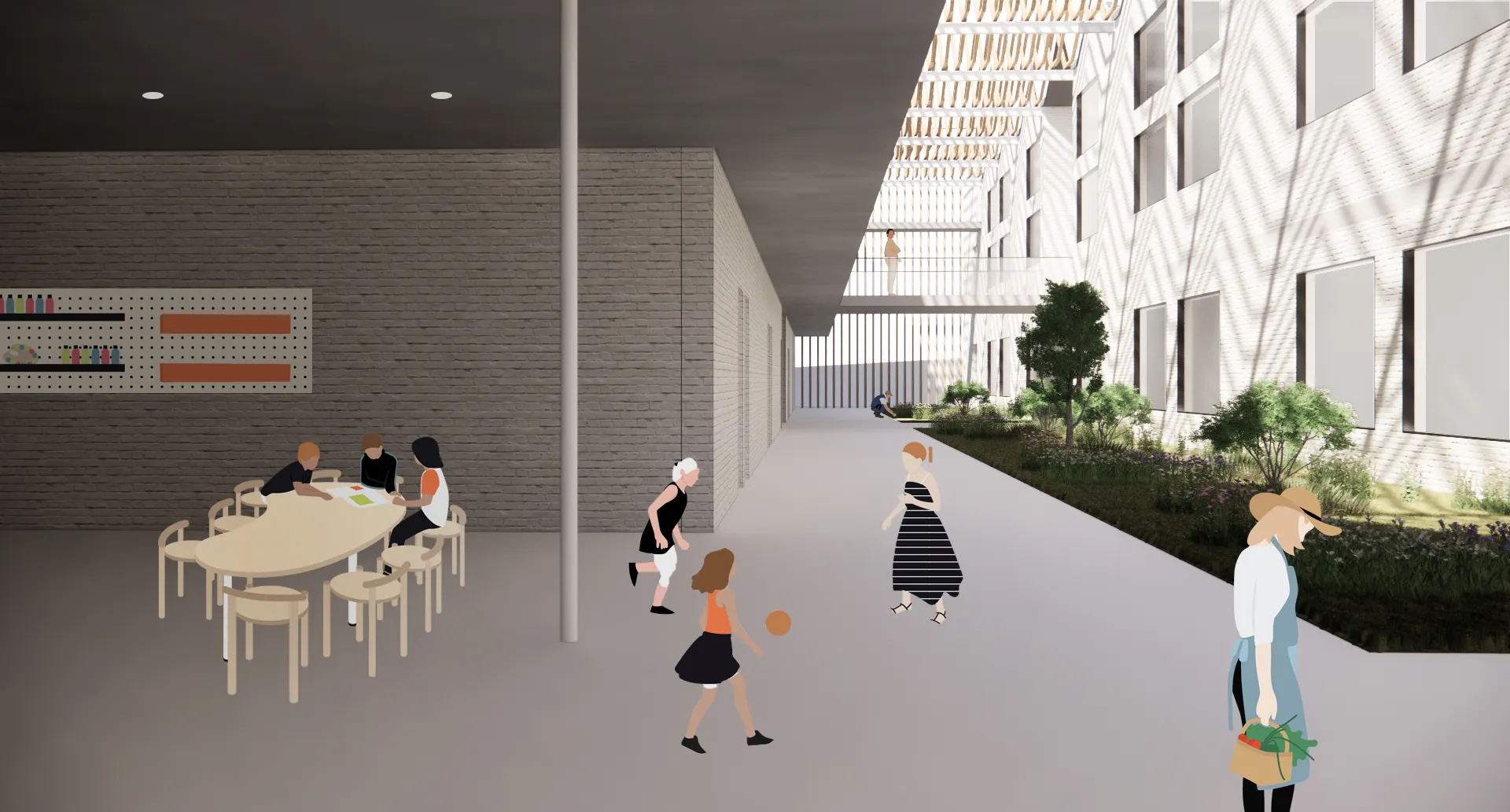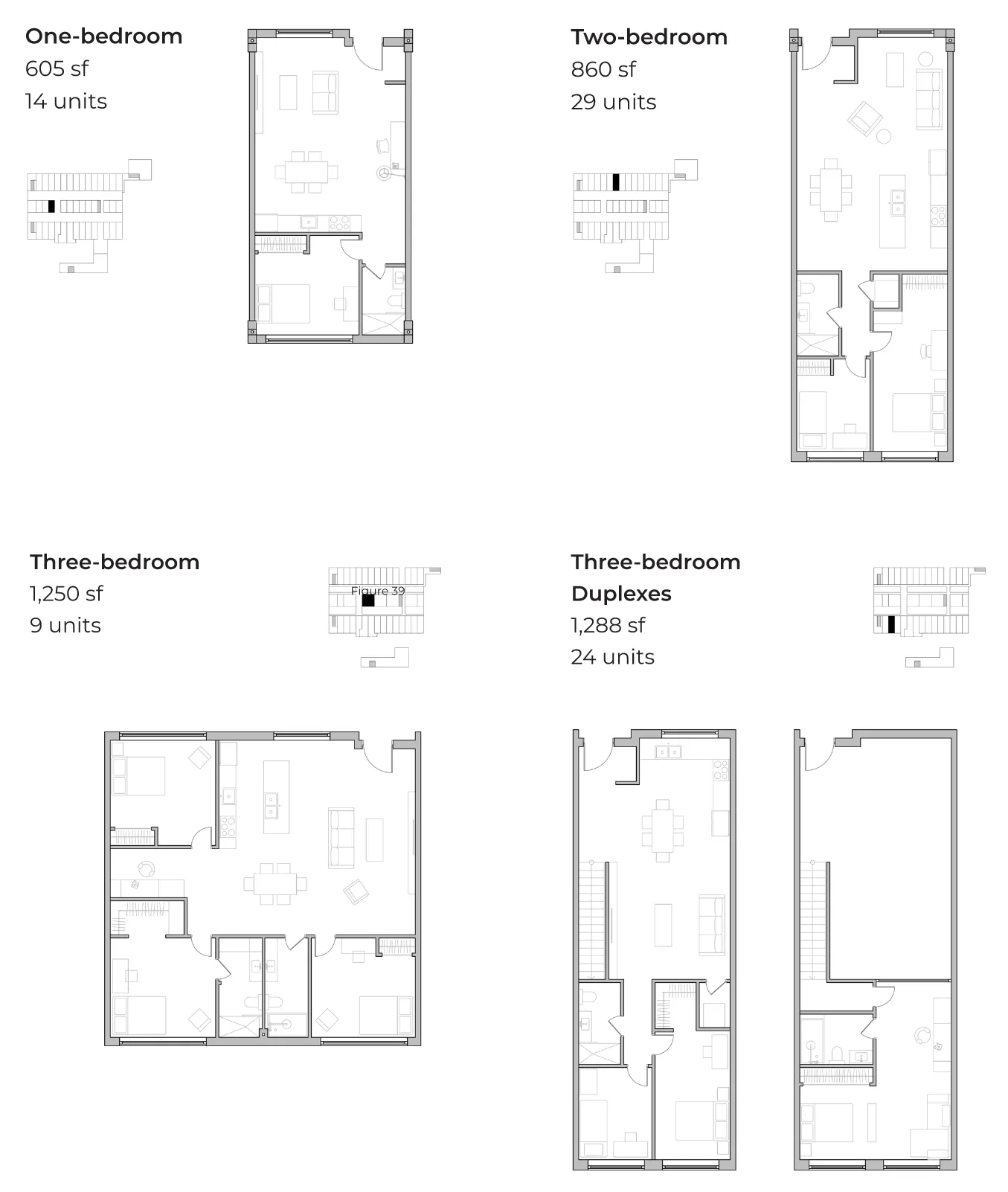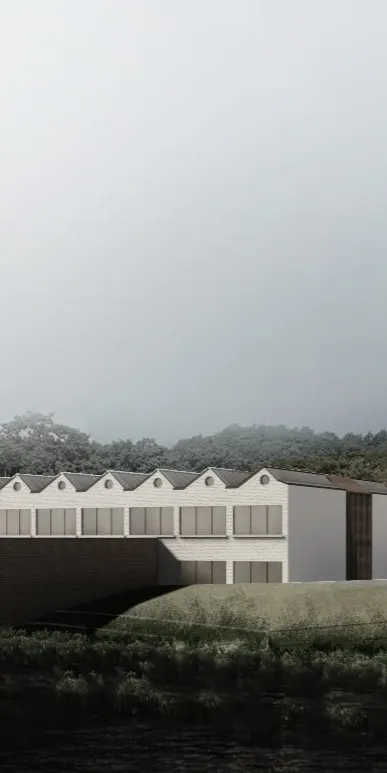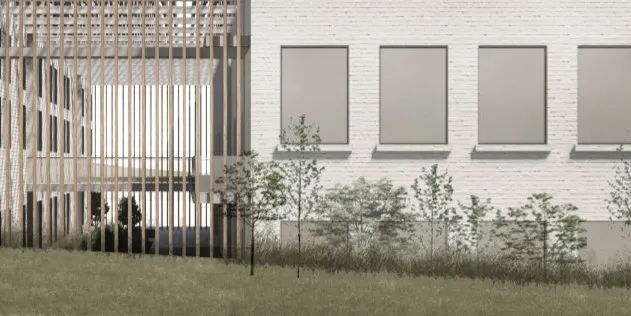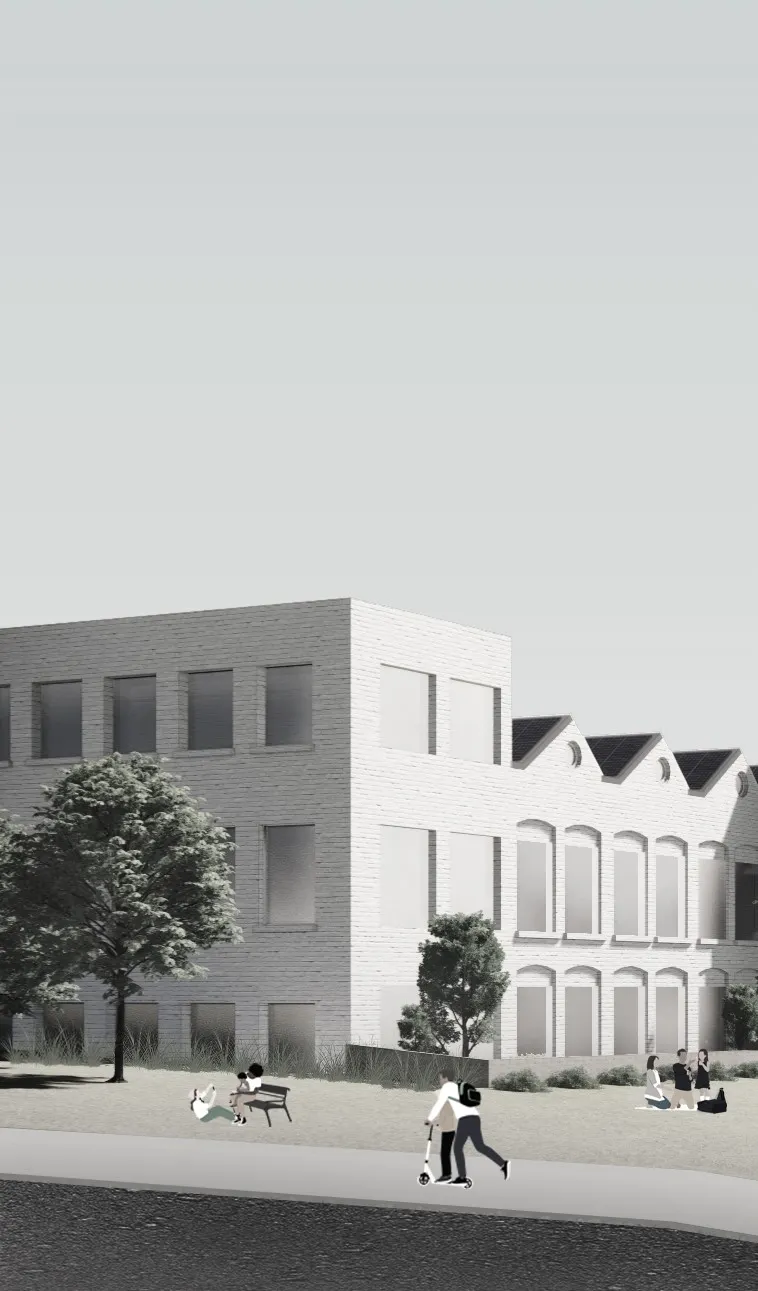Project Overview
The affordable housing redevelopment project site is a former textile mill, known locally as Andrews Mill, located at 765 Great Road in North Smithfield, Rhode Island. The mill currently lays vacant, but the founding of Branch Village over 200 years ago in North Smithfield can be attributed to this site and industrial enterprises using it from the late 18th to early 20th centuries. Andrews Mill has been a community anchor, yet throughout the years, a variety of owners used various industrial structures here, extracting wealth, and leaving. The people of North Smithfield and adjacent Woonsocket, however, have remained. As such, it is time for this anchor to no longer extract but support and provide for the Northern Rhode Island community.
The Team
The Harvard/MIT team worked throughout the Spring 2021 academic semester in partnership with the NeighborWorks Blackstone River Valley(NWBRV) to submit this entry for the 2021 Affordable Housing Development Competition.
* Please note that this page is solely focused on the design proposal for the project, and does not cover any financial proposals.
The Building
Site
Sited along the Branch River on a 32-acre parcel in North Smithfield, Rhode Island, the Andrews Mill Company Plant comprises three contributing buildings and three contributing structures related to the period of active occupation of the Andrews Mill Company (1918-1925), a textile manufacturer.
The front facade of Andrews Mill in 1918
The same front facade of Andrews Mill in 2018
Historical Character
Andrews Mill has seen a variety of owners in its 100+ year history since its original construction in 1918. The main contributing structures of the mill consist of the main mill building, the boiler house, the machine shop, gate structure, water tower, and pump house. Recently, the site was bought by Joe Garlick of NWBRV. For the past 20+ years, the site had been sitting vacant, and the intention of NWBRV upon acquisition was to turn Andrews Mill into a mixed-use space with market-rate residential, affordable residential, and commercial spaces.
Section view of a sawtooth-roofed structure from “Framing”, William A. Radford, ed. (1917)
The Sawtooth Structure & Materials
The main mill building is one-story (not including basement), sits on a concrete foundation, and contains a sawtooth roof. This sawtooth roof is the stand-out architectural feature of the mill that was standard for French wool industry mills in
the in the late 19th and early 20th centuries.
The primary building materials used for the mill and its contributing features were brick, wood, and concrete.
Adaptive Reuse Principles
Built in 1918, the Main Mill measured 146’ by 215’, which was an unusually large single sawtooth structure for this typology. After Andrews Mill Company, the next tenant, Tupper Corporation ‘modernized’ the front façade by sheathing it with metal panels, and by expanding the building to the northside in the 1960s. Since the historic value of this building is on the Main Mill resulting from the sawtooth brick mill structure that enjoyed its heyday during 1890s to 1920s in New England area, our direction was set to remove the additional expansions that came in 1960s, and to restore the original look of the mill as much as possible. Among many elements, preservation of the sawtooth roof became our highest priority.
Repurposing
❶ Volume
Residential complexes normally require a flat bar type volume or a long serpentine volume, which satisfy the most important rule of housing: lighting into every bedroom. The given structure of the building could only suit the single-loaded corridor with a maximum of 30 units, and this number caused financial difficulties. In order to make the project financially feasible, more than the double of this unit number was necessary.
Our design proposal resolved the issue by breaking up the building into three bar volumes, and by expanding the currently partial basement into a full floor. By doing so, even though the subtraction of excavation fee and structural reinforcement fee, the project becomes financially feasible by generating greater net operating incomes.
❷ Structure
Our proposal includes three construction works prior to the renovation.
•
To begin, excavate the basement and the surrounding dirt, which will provide lighting on the west and east side. Without reinforcement, the building will collapse when excavated, so the foundation needs to be reinforced first.
•
The second step is to shoring the foundation by supporting the weight of the ground floor building through two prefabricated concrete columns of 1'x1' on both west and east sides of the existing columns. This prefab column has a steel pile inside, which also serves as a foundation, enhancing the building's structural integrity.
•
The last construction work is to extend the existing thin round columns down, so the entire building functions as one. This column grid serves as a module for each housing unit. The exterior walls were already built to the basement level, so the extra construction of the exterior brick wall would be unnecessary if the volume inside was un-excavated.
❸ Space Programs
We Are Family-Oriented
On the current waiting list for this affordable housing, 3-bedroom unit is in highest demand. This reflects potential tenant demographics that a family of 3 or 4, with children, are most likely to inhabit in the building. This calls for a family-oriented program or a daycare program. The west side entrance space connected to the commercial area is entirely provided to this community need, which also works as a buffer zone in between the public and private areas.
Design
End of Page.
